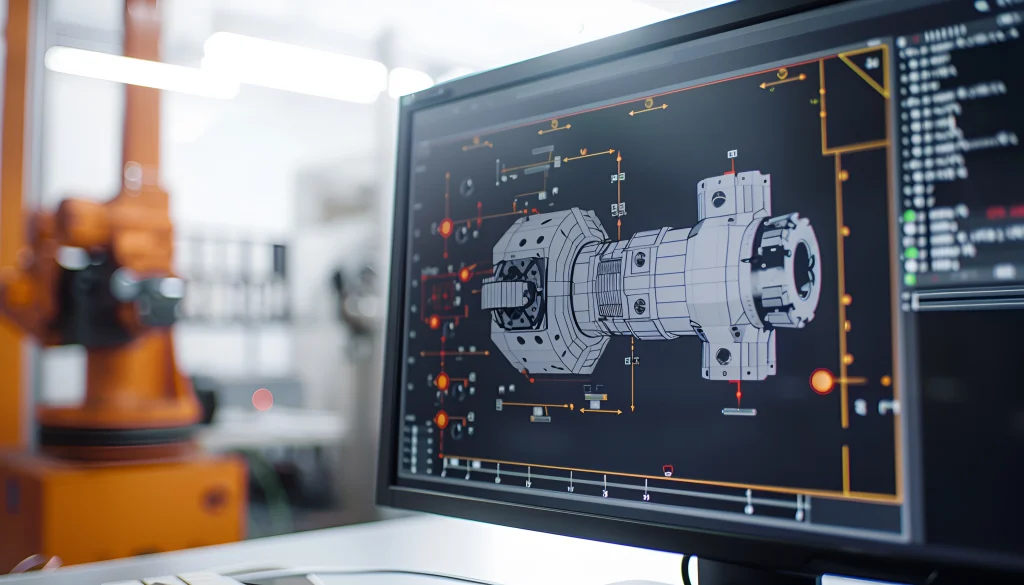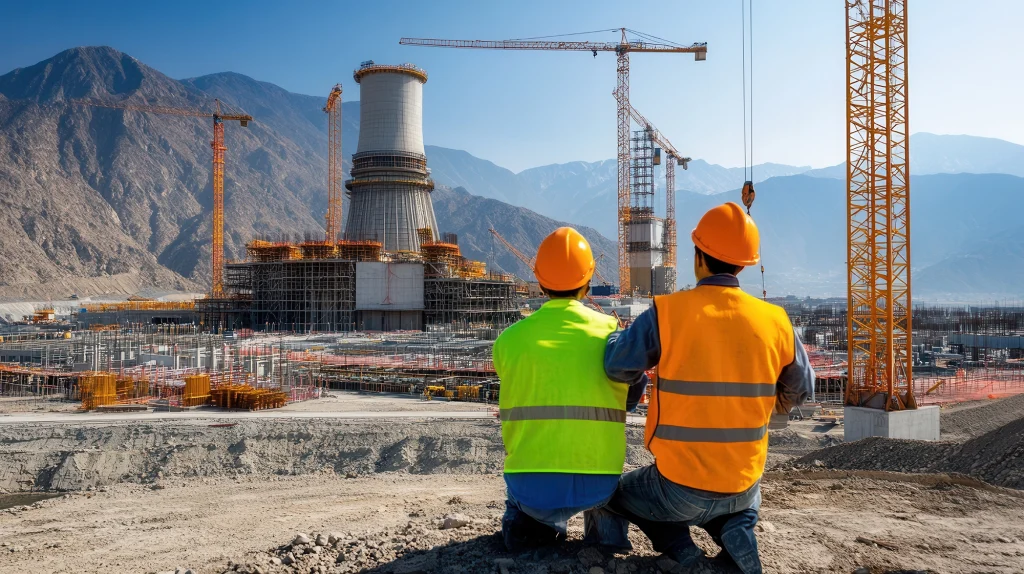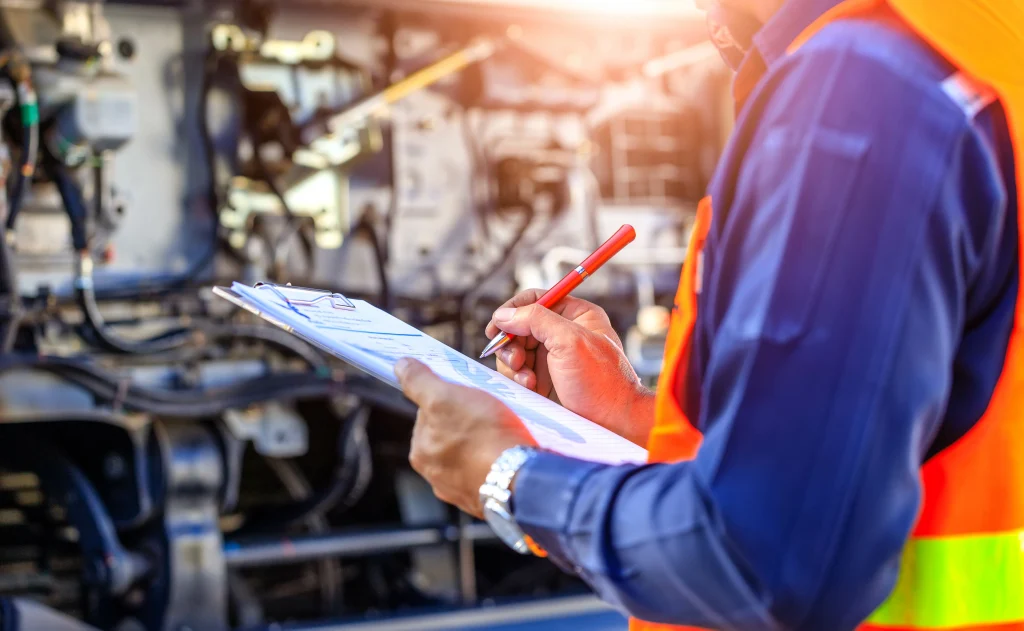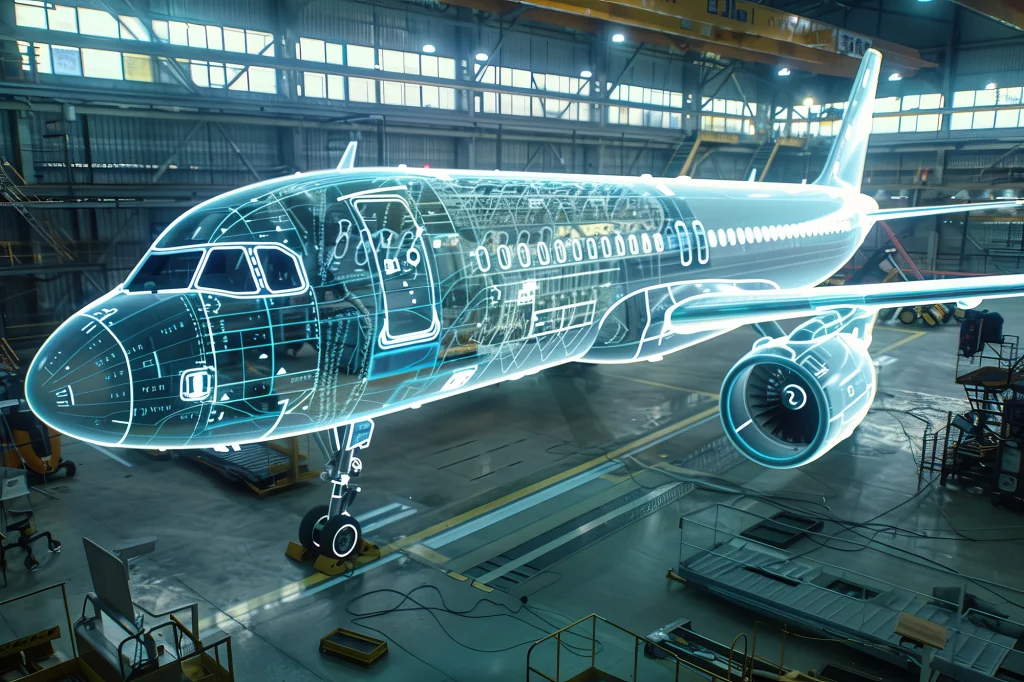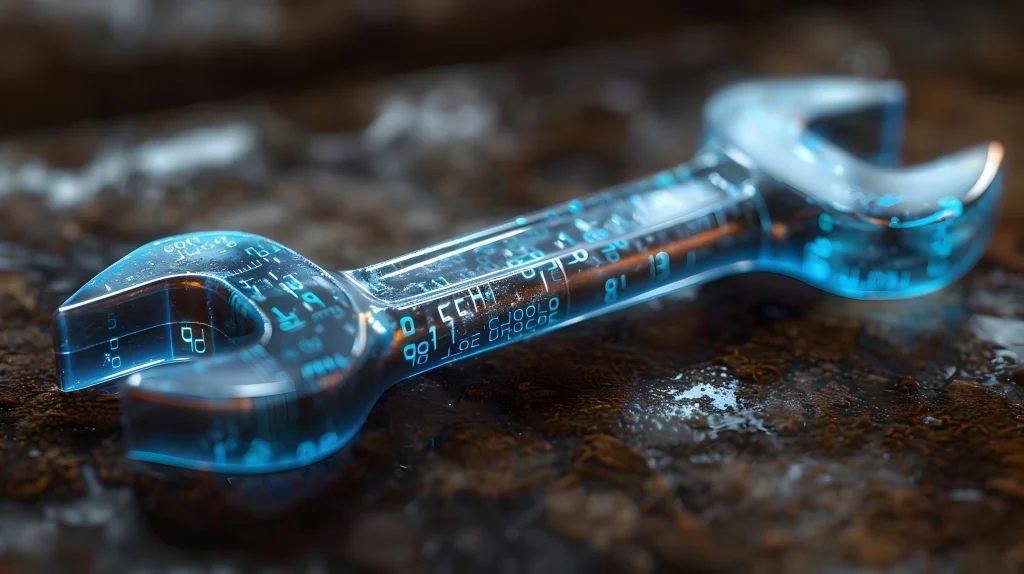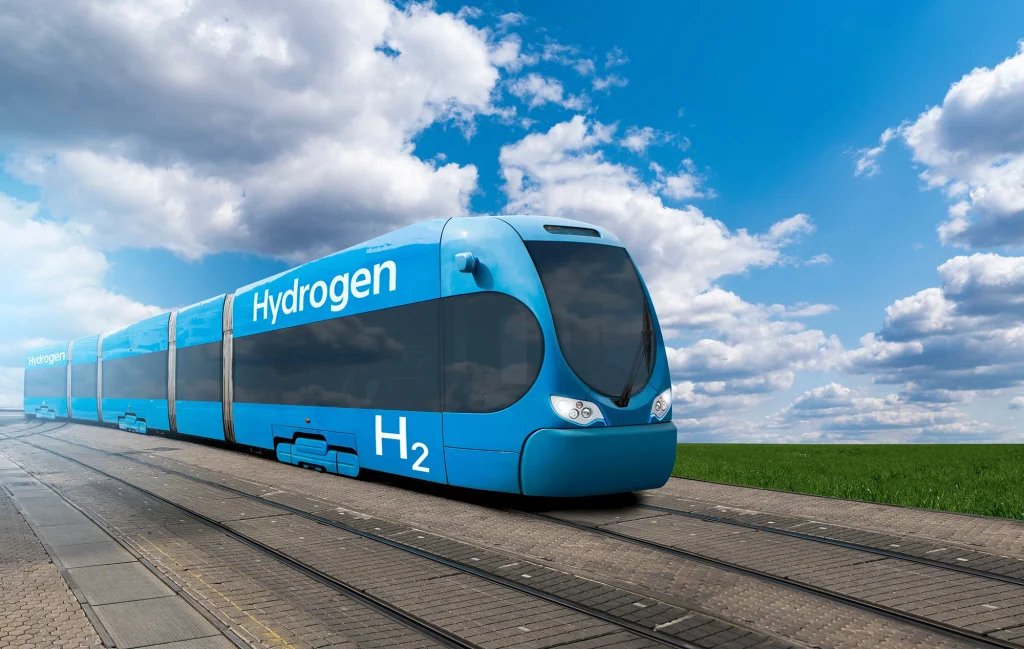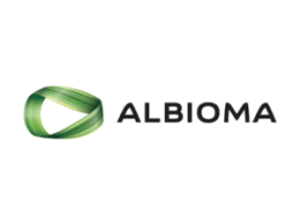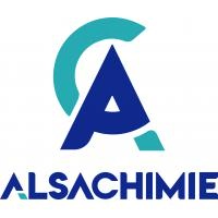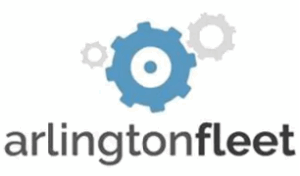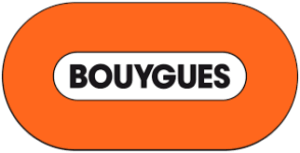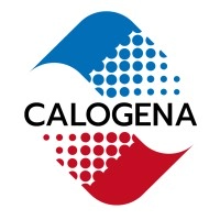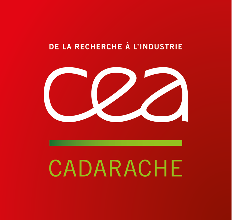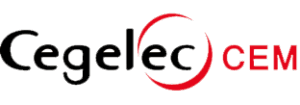The rise of the hydrogen domain raises major challenges in terms of safety, performance and the management of industrial risks. From production to storage, and including transport, each link in the chain requires meticulous engineering and attentive anticipation of critical scenarios. In this landscape, an integrated approach to safety, from the design phase, across the entire system life cycle, is vital to ensure the reliability of infrastructure and increase the acceptability of this future form of energy.
Mekkatronix, Seres Technologies’ design office, helps to design mechanical systems associating PEM fuel cell stacks, hydrogen tanks, cooling systems and embedded structures, in dimensioning and simulation (CAO/CAE) and the specific tools required to successfully integrate PEMFC stack modules into railway materials.

